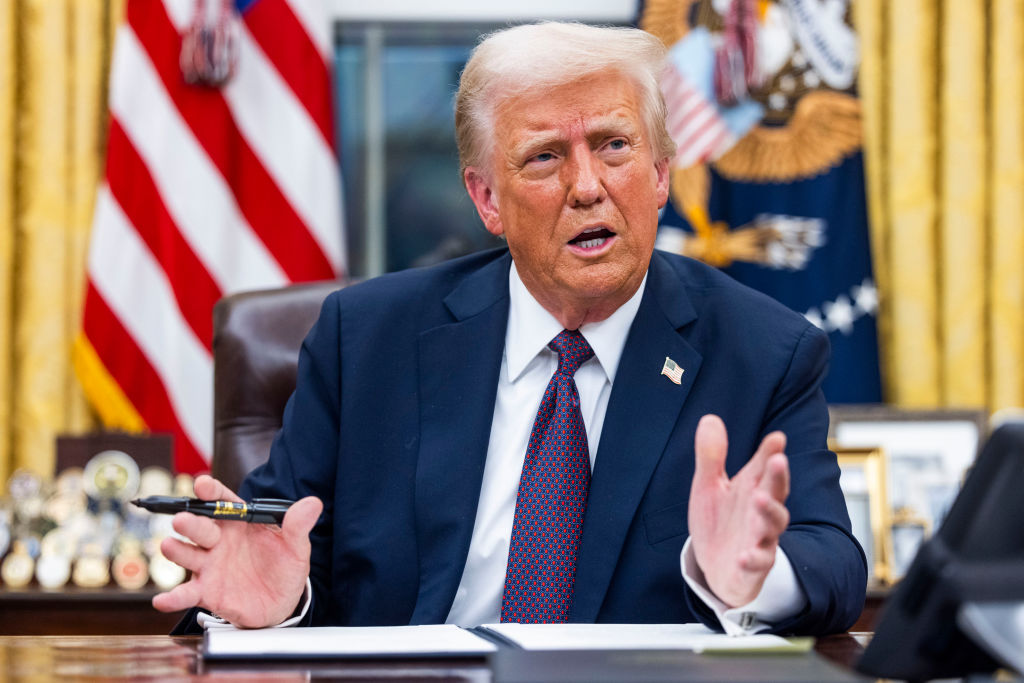Weekly Chart: The Numbers on Pacific Alliance Trade
Weekly Chart: The Numbers on Pacific Alliance Trade
Member countries Chile, Colombia, Mexico, and Peru account for 39 percent of Latin America’s GDP and 54 percent of the region’s global trade.
Though the Trans-Pacific Partnership is now a thing of the past, Latin America’s Pacific Alliance has picked up some of the slack on Pacific Rim cooperation. On June 30, the Latin American trade bloc made up of Chile, Colombia, Mexico, and Peru agreed to admit four new countries as associate members. Now Australia, Canada, New Zealand, and Singapore—all TPP signatories—have the opportunity to create high-standard trade agreements with the Pacific Alliance. The trade bloc, established in 2011, has another 48 observer states eager to collaborate with what amounts to the world’s eighth-largest economy. Its four countries account for 39 percent of Latin America’s GDP, 54 percent of the region’s global trade, and 217 million consumers.
“Opening up economies has been extremely productive to the world,” Peruvian President Pedro Pablo Kuczynski said in a 2016 panel with his Pacific Alliance counterparts at AS/COA. As we gear up for this year’s talk with the Pacific Alliance presidents on September 20, we take a look at the bloc’s trade numbers.









